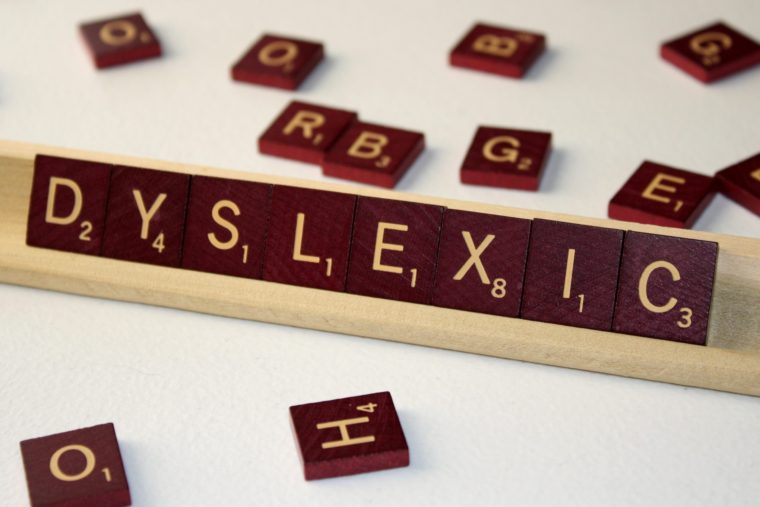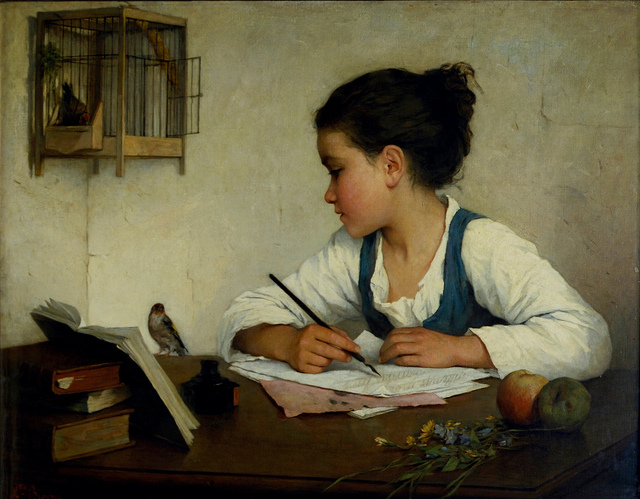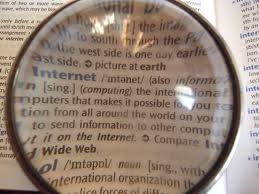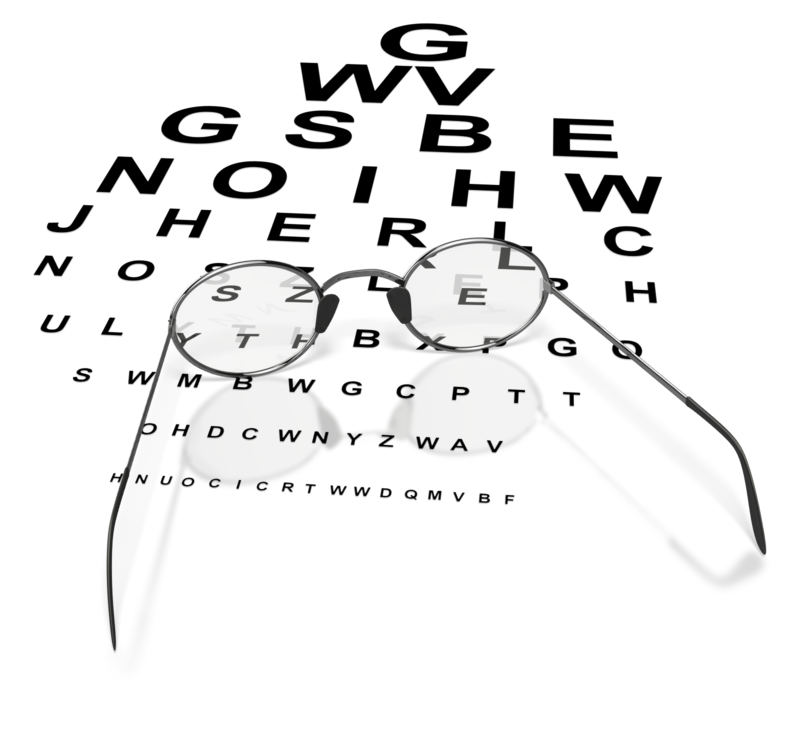Have you ever experienced frustrating moments while helping your dyslexic child with homework and wished there was a quick fix?

When my daughter was in kindergarten, her teacher would send home vocabulary and spelling words to learn. We would spend hours going through those cards until she appeared to know the words. To my horror, when she brought home the results of her end-of-week quizzes, most of those words were incorrectly spelled on her paper.
As the school year progressed, my exasperation mounted. KC would verbally spell the words correctly to me at home but write them inaccurately at school. Looking back, with the knowledge I have today, I should have asked her teacher to give her oral spelling tests.
Here are 3 weaknesses I identified in my daughter, and what I did about them.
- Reading – She confused words that were visually similar e.g. saw and was, most likely because she had difficulty telling left from right, and in the English language reading always goes from left to right.
- First, we talked about the meaning of the words then used pictures to activate the visual word form area in her brain.
- So, we looked at the picture of a saw and talk about it.
- Since there is no picture for was, she would use modeling clay to spell the word, then create a clay sculpture to represent the definition. That way, she produced her own image, which I directed her to take a picture of with her mind’s eye.
- Spelling – She seemed to memorize words based on their shapes. KC was unable to hear individual alphabet sounds, then match them to the letters and combinations of letters in words.
- I found or generated creative ways of spelling words that incorporated the meaning of the word. Jennifer’s video here helped me, as she demonstrated this visual conceptual method.
- For multi-syllabic words, I told little stories, for example, I told her that separate has a rat in it. She never spelled it wrong after that.
- When I discovered music listening therapy, I enrolled her, to wake up the auditory pathways in her brain.
- Time-keeping – KC seemed to frequently get stuck in the moment, generating one idea after another and a series of What-ifs? Needless to say, time ran away leaving her way behind in her chores or whatever activities she was supposed to engage in during a particular period of time.
- After talking about the importance of timeliness, we sat down and agreed on a solution to her tendency.
- We placed a check-off list for chores on the refrigerator with completion times included.
- I taught her a 3-step strategy:
- Write her desired goal on paper. (Meaning and intention were the objectives here, not spelling)
- Generate an action plan
- Make a schedule that included all the steps of her plan, and follow it.
- She still creates and uses schedules, today.
Thinking back to the quick fix I mentioned at the beginning of this article, I’ll tell you this – quick fixes serve a purpose, but they don’t bring lasting solutions. Addressing the problem head-on and brainstorming with your child, will bring workable results.
What has been your most frustrating moments while helping your dyslexic child with homework?
Or, what stories have your friends told you about their children’s academic challenges in elementary school?









